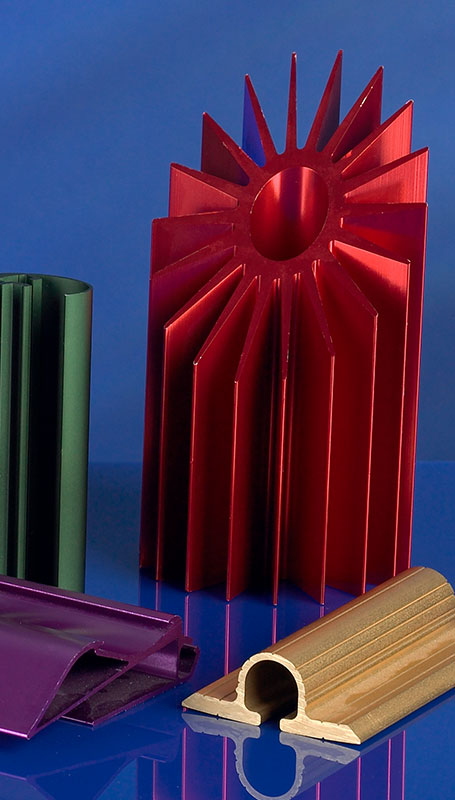CAPALEX will be closing for the Christmas Holidays 3:30pm Wednesday 24th December & our Sales Office will be reopening 9:00am Friday 2nd January 2026.
Merry Christmas and a Happy New Year from the CAPALEX TEAM!
CAPALEX will be closing for the Christmas Holidays 3:30pm Wednesday 24th December & our Sales Office will be reopening 9:00am Friday 2nd January 2026.
Merry Christmas and a Happy New Year from the CAPALEX TEAM!

Anodising is an electro-chemical process, which physically alters the surface of the metal to produce a tough oxide layer on the surface.
Once sealed, this layer offers excellent corrosion resistance, and will not chip or peel off.
Aluminium that has been anodised generally has a very long life span.
Anodising can also be used decoratively, providing an attractive, durable and tough finish to aluminium, enabling it to be used in many applications.
During the anodising process the resultant oxide layer is initially porous before sealing, and it is at this point that it is possible to add a coloured dye.
Normal anodising colours and finishes include gold, silver, black, natural, and satin.
Many other colours can be supplied.
A bright, reflective coating can also be achieved by polishing the extrusion or components prior to anodising.
Silver and gold anodic powder colours are available which give a similar colour and texture to that achieved with the silver or gold anodising process. These powders could be a more cost effective alternative to anodising.
Anodising can have a varied processing time, which affects the thickness of the resulting oxide layer:
| Application | ||
|---|---|---|
| 5 Micron | Decorative applications | |
| 10 Micron | Internal / external applications, for example caravan trims and windows where cleaning is frequent. | |
| 15 Micron | Architecture | |
| 25 Micron | External permanent architectural applications | |
| 25 Micron Plus | Achieved by hard anodising. Used to provide abrasion resistant surfaces. | |
Please note that not all alloys are recommended for anodising, we will advise you of this during the initial quotation if necessary.

 Capital Aluminium Extrusions Limited
Capital Aluminium Extrusions Limited